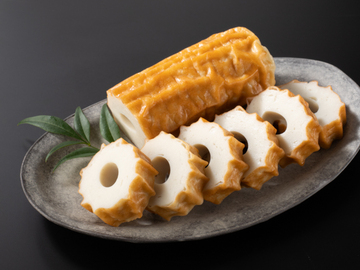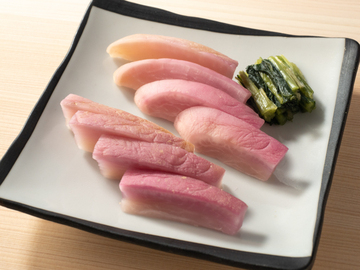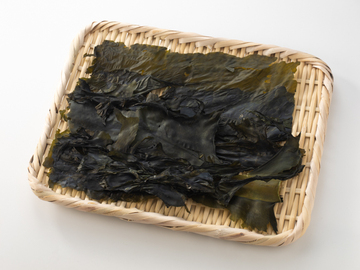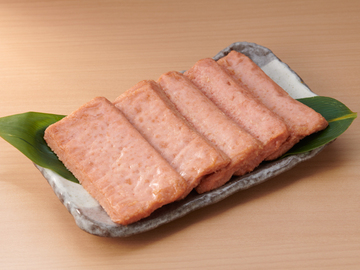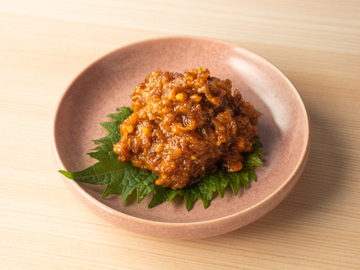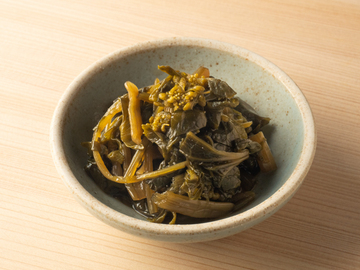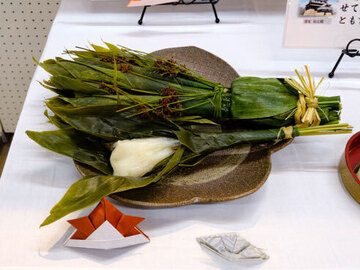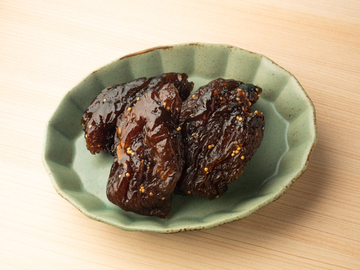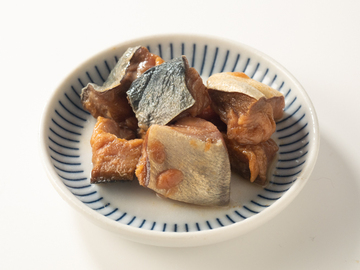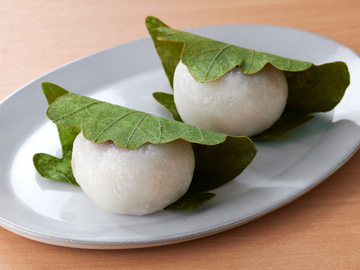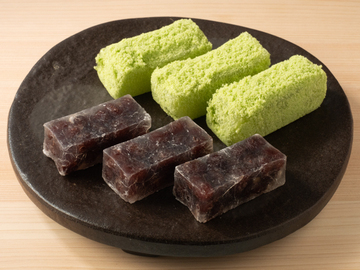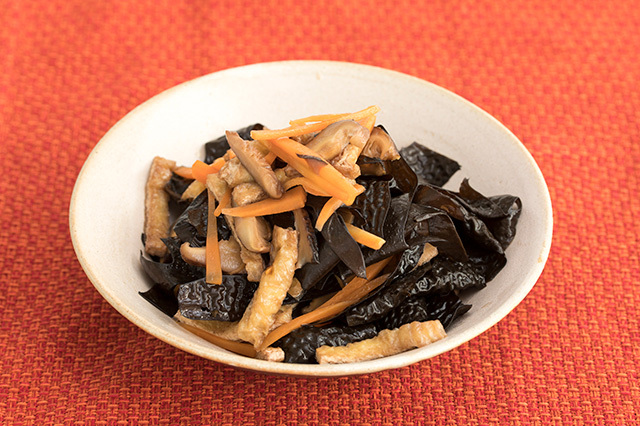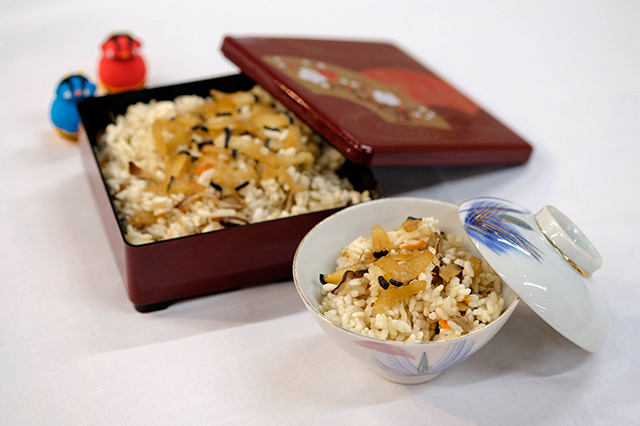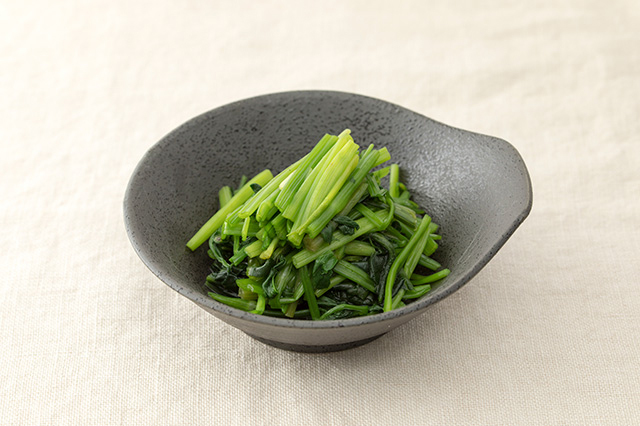Shimane

Diverse Food Culture in the “Land of Gods”
Shimane Prefecture provides the stage for many of the mythologies recorded in the “Kojiki,” the oldest surviving historical record in Japan. It was compiled back in 712.
Situated in the northern part of the Chugoku region, Shimane Prefecture borders Tottori Prefecture to the east, Yamaguchi Prefecture to the west, and Hiroshima Prefecture to the south over the Chugoku Mountains. The prefecture’s land comprises the Izumo and Iwami regions on the mainland and the offshore Oki Islands, which sit 40 to 80 kilometers north of Shimane Peninsula. Its long history of exchanges with the Korean Peninsula across the Sea of Japan has led to the creation of a unique cultural sphere. Much to our astonishment, earthenware that can be traced to the Korean Peninsula is still being unearthed today.
Shimane Prefecture’s climate is somewhere in between that of Hokuriku and Kitakyushu, with average annual temperatures ranging between 12 and 15 degrees Celsius. While regional differences in climate remain small during the warmer seasons, the eastern part of the prefecture experiences bitter cold during the winter due to air currents from the Sea of Japan.
Diversity is what characterizes Shimane Prefecture—from the Izumo region, the “home of the gods” where Izumo Taisha Shrine is located, to the Iwami region that features a harmony between life in the mountains and the sea, in addition to the seabound Oki Islands. Enormous differences can be found even between Izumo and Iwami even though the two regions are connected by land, not to mention the Oki Islands. These three regions have taken their own distinctive paths in history in terms of people’s temperament, customs, and language. By visiting them places in person and tasting the local cuisine, you will start to discover the hidden charm of Shimane that cannot be summed up simply by the phrase, “Shimane, Land of the Gods.”

Traditional Foods in Shimane

Our Regional Cuisines
in Shimane
This is a list of Shimane prefecture's local dishes
introduced in "Our Regional Cuisines."
*Clicking on the image will take you to "Our Regional Cuisines."

